Rione Roma Tour Festival, is a project dedicated to urban regeneration through culture.
The goal is to build relationships, enhance experiences, generate a new choral story of the city.
We do this through open, shared curatorial action that actively involving citizens.
The urban explorations of the Rione Roma aim to recover that "sense" that many contribute to create, despite a context in which social relations often become "liquid" and the process of identification dissolves
Rione Roma Tour Festival (RRTF), is a project dedicated to urban regeneration through culture.
The project develops in the heart of the city, a place where the process of gentrification and tourism has produced phenomena of marginalization.
The covid has highlighted the gaps in the unsustainable tourism development that has characterized the city so far.
Rione Roma Tour Festival is a model of event that aims to build relationships, enhance experiences and territorial leadership.
It does so through a narrative that mixes personal experiences of the inhabitants, tour guides, art experts, landscape architects.
A choral of voices that involves the public in a transversal and transgenerational way.
A new type of event in which curatorial action is open, shared and actively involves citizens.
RRTF lasts 6 days and includes: 6 tours + 3 workshops + 1 participatory art event
The work in the area (district) to involve citizens takes place throughout the year, creating connection and brainstorming activities. The Festival is the moment of celebration of this path of social inclusion.
All the tours (running tour, skateboard tour, tour made by local, trees talks) and the participatory art event have been designed to create a link between the participants and the territory: the protagonists will in fact be the places, the arts and the memories. The participants will not only be listeners but generators of a virtuous energy that needs to be expressed.
All the events, Tour of Rione Roma, are free and are opportunities to develop and share a sociality aimed at lasting a new contemporary way of sharing knowledge.
The urban explorations of the Rione Roma aim to recover that "sense" that many contribute to create, despite a context in which social relations often become "liquid" and the process of identification dissolves.
We are inspired by the urbanist Jane Jacobs and her practices, to renew a sense of belonging, a sense of community.
Please highlight how the project can be exemplary in this context
Rione Roma Tour Festival is an urban regeneration project.
The aim is to restore citizens' sense of belonging to their own city, specially to the inhabitants of the center of Rome.
As is well known, the center of European cities is hit by problems such as gentrification and "touristification", phenomena that pauperize relationships and deprive the streets of connective humus. The Covid has shown that these dynamics are unsustainable processes.
Rione Roma tour festival wants to reverse this trend through culture events. The project directly involves the local communities and makes them protagonists of the creative processes.
To achieve this, citizens participate, in art exhibitions: with their own words - for example in the exhibition of participatory graphic art where the reflections of citizens on the neighborhood became the key words of the graphic representations, then displayed in shop windows or, for example, through photographic works in which the subjects of the photos are the locals; each of them exhibits a picture of a neighbor, in poster format, outside their own window. The result is a path through the alleys of the city with many photos instead of clothes hanging in the wind.
They participate in tours, illustrating their way of experiencing the city.
The processes of involvement are transversal and trans-generational. For example, young people are involved in the Skateboard Tour, older people are involved in story-telling about the city and how it has changed over time. Then there is the Bike Tour which promotes soft mobility.
Please highlight how the project can be exemplary in this context
Rione Roma Tour Festival comes to life in one of the cities most dense in history and stratification, as its logo highlights telling: present and the past chase each other.
Like our inspirer Jane Jacobs "Another thing: a living culture is constantly changing, without losing itself as a frame and context of change. The reconstruction of a culture is not the same as its restoration".
Our aesthetic idea considers cultural processes as complex stratifications, which become ours when we are part of them. Our difference are part of regaining a sense of belonging.
The Rione Roma Tour Festival pushes citizens, all of them, to take center stage.
The tours cover different topics, such as art, architecture, sport, habits and customs, memories, nature, crafts and food. The knowledge of the different topics takes place through urban explorations that concerns parts of the city that are usually little known. During the walks everyone can share their experience in order to enrich others as well. The routes are led by professional guides, art experts, young skaters, architects, locals residents, artisans, landscape architects...
Sharing your idea of the city creating a new story to feel part of, this is one of our goals, this is the type of experience that the participants reach. Co-design aesthetics.
The exemplarity of the project therefore lies in its way of creating a sense of belonging, in its way of feeling part of the city.
It is a creative process in which curating is shared.
An invitation to overcome one's loneliness, in which the processes of gentrification, tourism and the pandemic have pushed us. Recover sociality, sharing as elements of growth and sedimentation.
Please highlight how the project can be exemplary in this context
The project directly involves the local communities and makes them protagonists of the creative processes. In this co-design engagement way awareness is reborn, awareness grows and we go beyond the margin: we are protagonists. An identification process restart.
Citizens participate as protagonists in art exhibitions, workshop, urban exploration. For example, in the urban exploration, they are called to recount the transformations of the district over time, and the way in which they have experienced them, a new story-telling. In addition to these stories of memories, the younger generations are also protagonists. For example on the skateboard tour, young skater crews show us their way of looking at the city. The best spots and the most engaging trikcs are shown and shared generating new knowledge. The bike tour has cyclists as its protagonists, in collaboration with one of the most famous cycling associations in the city, a way of looking at Rome on two wheels is proposed. You look at the city and reflect on sweet mobility.
No point of view is overlooked. If, as we said, the citizens are protagonists alongside them, the arboreal presence is also enhanced. The Rome Tour "trees talks" tells us about the relationship between the history of art and the representations of nature and at the same time invites us to reflect on the arboreal presence as essential in a city that have to be sustainable.
Please highlight how this approach can be exemplary
The reflection of Rione Roma Tour Festival starts from the theme of sustainability.
The question we asked ourselves is how to create a project that through art and culture can overcome loneliness, generate a new sense of belonging.
The answer was to make citizens protagonists in the creative process. Create a way to generate shared knowledge.
Phenomena such as gentrification, touristification and finally covid have deeply affected the city center.
Rione Roma Tour Festival believes that the city and its beauties belong to all citizens. Everyone must feel them as their own. This process of affection is linked to an emotional level, to an experience.
Taking part in the RioneRoma Tour Festival represented living this experience.
Sustainability, inclusion and aesthetics are three deeply linked presences for our project.
For Rione Roma, beauty is a concrete presence, it is what we take care of what is close to us. It is close enough to include my presence, and my experience of it.
An everyday aesthetic to reflect on the sedimentation process, on the stratification of meaning that includes many.
Sustainability is the measure of my distance from beauty.
Closer beauty is to me, more sustainable my city is.
Rione Roma Tour Festival eliminates physical distances, free participation, accessible by public transport, no architectural barriers.
And it clears the mental filters engaging citizen to making art live as an experience.
The impacts of the project:
success and engagement of the audience, all the events of the Festival - tours, workshops, exhibitions - carried out in the week around August, a period usually poorer in cultural offers (all Italians are on holiday outside the city) - went sold out.
Posts from social networks have been shared and commented on over a hundred times; local communities have been involved, and as witnessed also in the press, with great success.
As proof of the success of RioneRoma Tour Festival - of its way of engaging the audience, of the involvement of local communities, of generating a sense of belonging and community - RioneRoma has been assigned a property at a subsidized rent by the Municipality of Rome, Department of Culture and al Patrimonio in the center of Rome in order to carry out their activities in the neighborhood.
Space is now a place where the sense of belonging is strengthened. For example, in the headquarters we are currently creating podcasts that mix the voices of locals, artists, young street artists, anthropologists and urban planners for a choral story about the old and new Rome.
In addition to this, the Rione Roma Tour Festival was also financed by the Lazio Region and again by the Municipality of Rome, currently there is a strong relationship with other European cities that suffer from the same problems for a common debate. This comparison aims to create a network in which to share common reflections and solutions.
In general, all the activities reinforced the sense of belonging, and generated a sense of community.
Please also explain the benefits that derived from their involvement.
The involvement of local communities is a long and complex process. The process started with the direct involvement. The involvement concerned the various activities of RomeRoma Tour Festival. Citizens participate in art exhibitions, in training activities (workshops) and in the creation of a great artistic exhibition along the streets of the city: their participation in all these activities derives from a work in the territory that the writing association carries out throughout the year; its operational headquarters is, in fact, located in the district where the festival takes place.
The way of participation are different: they are called to tell the changes in the neighborhood over time, the way they have experienced them, a new narrative. In addition to these stories of memories, the younger generations are also protagonists. For example, during the skateboard tour, young skater teams show us their way of seeing the city. The best spots and the most engaging tricks are shown and shared generating new knowledge. The bike tour has cyclists as its protagonists, in collaboration with one of the most famous cycling associations in the city we propose a way of looking at Rome on two wheels: look at the city and reflect on the sweet mobility.
The greatest benefit for all participants is to be protagonists of a cultural event and at the same time offer and receive an alternative vision of the community, of the places that host it. Be an active part of a virtuous process. This generates sense of belonging, identification, personal growth.
The global challenge that we undertake through our project concerns sustainability.
The way of living cities is the center of change, it is clear that the success of policies is about the choice that people make in the public sphere.
These years we have witnessed a thinning of the perception of the public sphere, we want with our project to reverse this trend: to regenerate the sense of belonging and community. Only by feeling part of the whole can our own choices be made in an ethical and sustainable way.
To create a sense of community we have made our cultural project open and engaging. We have turned on the lights on new and unexpected protagonists, citizens marginalized by non-inclusive processes.
We paid tribute to the complexity and the many ways of experiencing the city.
Methods of implementation:
As stated, the current crisis triggered by the pandemic has clearly shown the fragility of a tourism system that is too bent on development lacking quality.
The social and economic fabric of the city center is extremely impoverished, with economic, relational and identification losses.
Our proposal aims to generate a new territorial protagonist that can tomorrow, at the end of the pandemic but also today with the romans and italians as customers, be the crossroads of quality tourist routes.
We create testimonies and cultural itineraries that have resident citizens as actors.
We work "local" - to hinder the gentrification process - but we produce globally shareable values; it is replicable and suitable for collaborations and sharing with all European cities.
To create a sense of community we have made our cultural project open and engaging. We have turned on the lights on new and unexpected protagonists, citizens marginalized by non-inclusive processes.
All the event are free participation, plastic free, accessible by public transport and with alternative means of transport to motorized vehicles. Any appointment suitable from 6-99 years.
In terms of respect for the environment, not just that of the monumental heritage, we would like to underline the importance of both workshop and tour actions entirely dedicated to trees. We sensitized the participants to the presence and importance of vegetation in the city and its interstitial spaces.
Rione Roma Tour Festival ultimately represents a sustainable way of doing tourism, visiting a city in a slow and engaging way, making authentic experiences.
Horizontal curatorship, art as experience, architecture as sedimentation of meaning, sports as trajectories of new points of view. All this mix represents a new way of conceiving an event, a festival.
Please provide clear documentation, communication of methodology and principles in this context.
Rione Roma's reflection concerns the city and its regeneration process.
Currently we have started a process of comparison and we hope that participation in the Bauhaus Prize will help us in this, to create a network with other European cities of art, for example Madrid, Barcelona, Berlin, Prague, Paris, Lisbon etc. to elaborate and compare our practices.
We are sure that our proposal, inspired by the anthropologist/urbanist Jane Jacobs, can be exemplary even in similar contexts.
As is known, the processes of gentrification and tourism, accentuated by these years of pandemic have accentuated marginality, loneliness, loss of human and commercial relations in the central districts of the city.
Many of the policies and attention are focused on peripheral areas.
We believe instead that the city should be thought of as a unicum, the divisions are often simplifications that create wrong aesthetics and taxonomies.
Our working method is based on the idea that curating represents a cultural mediation.
We don't act to prove theses, we learn by doing. The creative process takes place in the engagement and involvement of local communities.
By taking part in the project, everyone has changed. Our methodology is to listen, to bring people closer to art by building it together and generating it as what represents them. The process that we start with our method aims to feel part of the cultural heritage, to feel protagonists and central in the city.
In general, we have verified that almost 50% of the level of involvement concerns an audience that is usually unwilling to spend culturally. Who hardly ever goes to museums or theater performances.
Even though he lives in the city he does not know its cultural heritage. These data are collected through a questionnaire that we have those who take part in the initiative fill out.
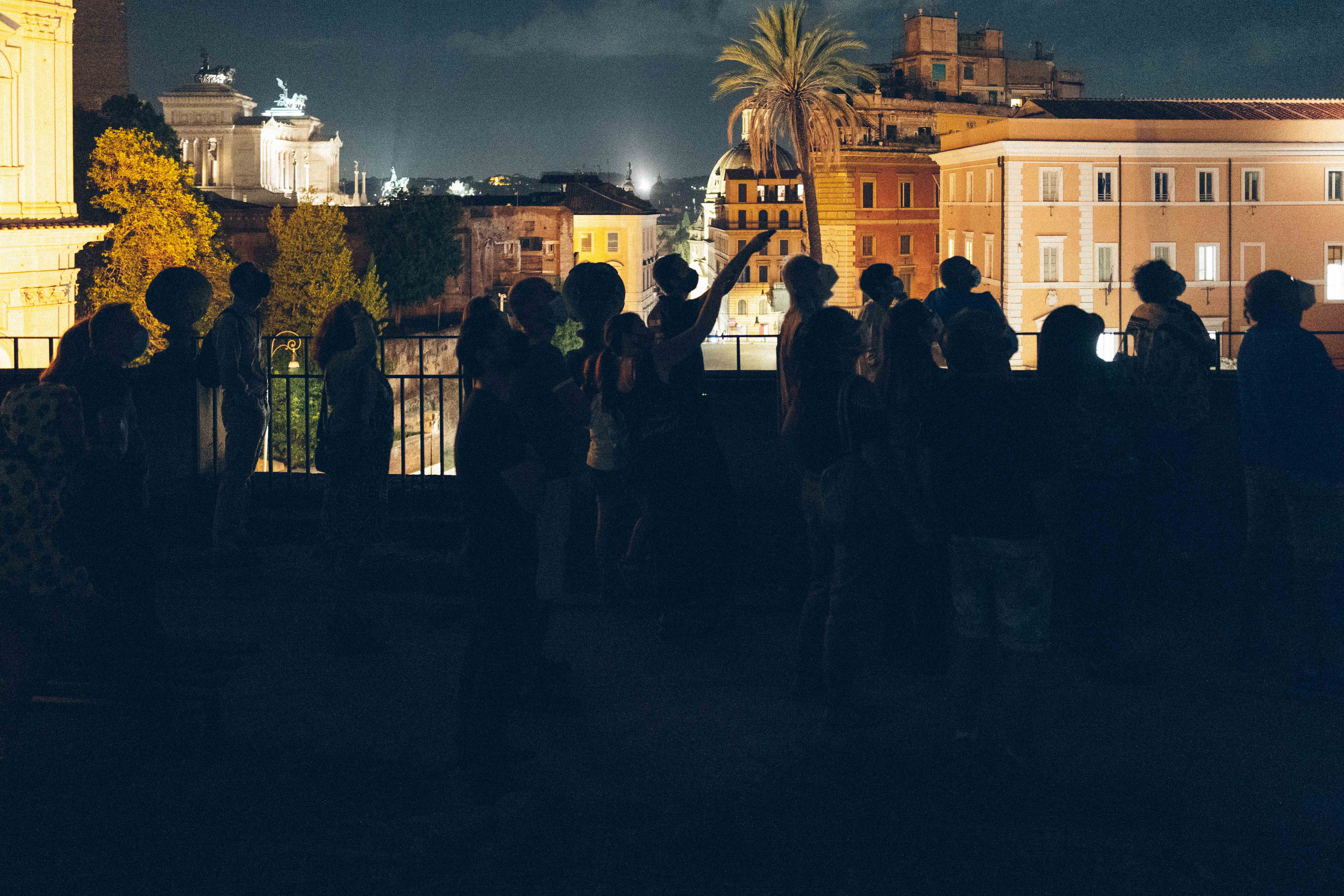
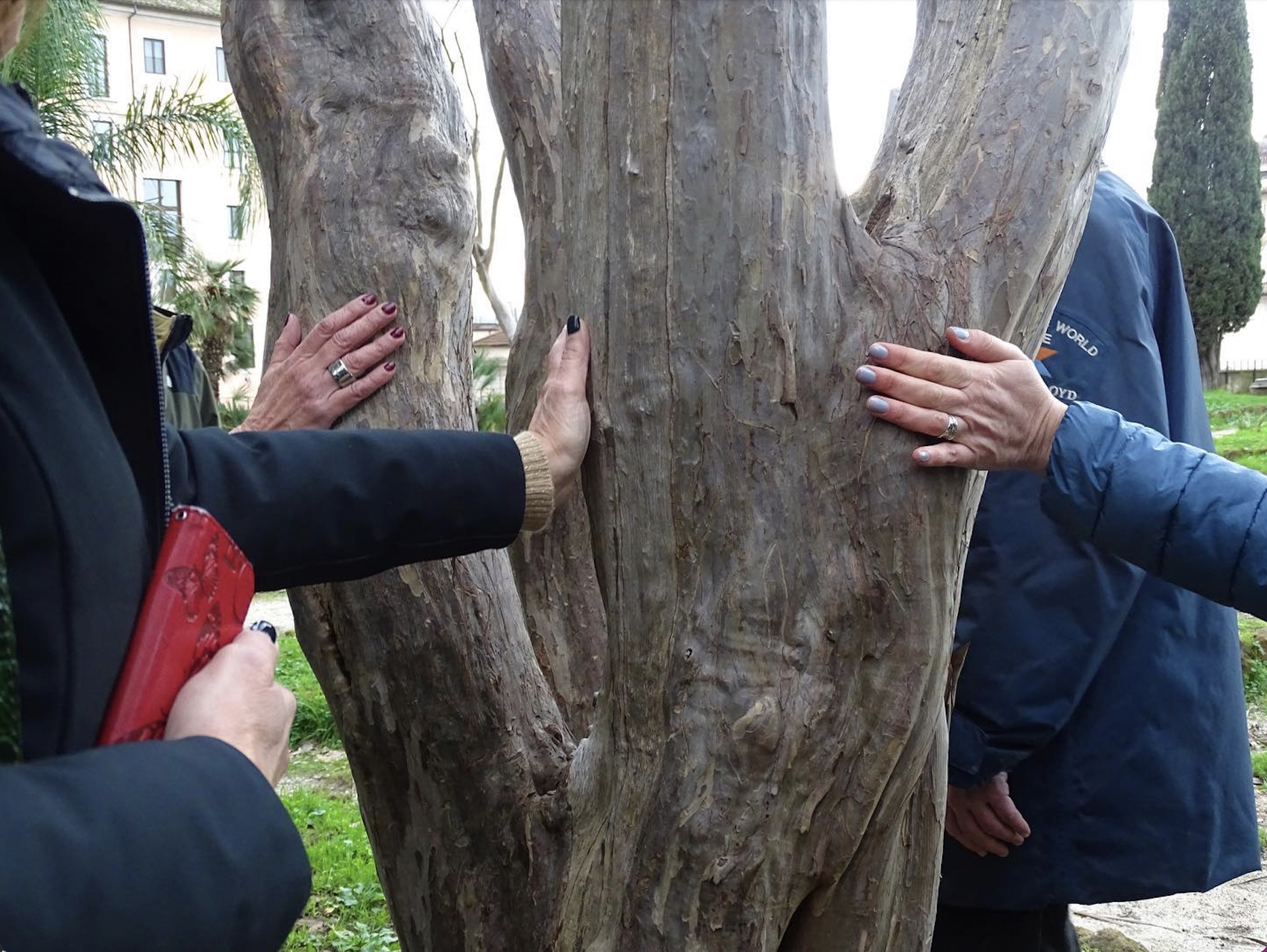
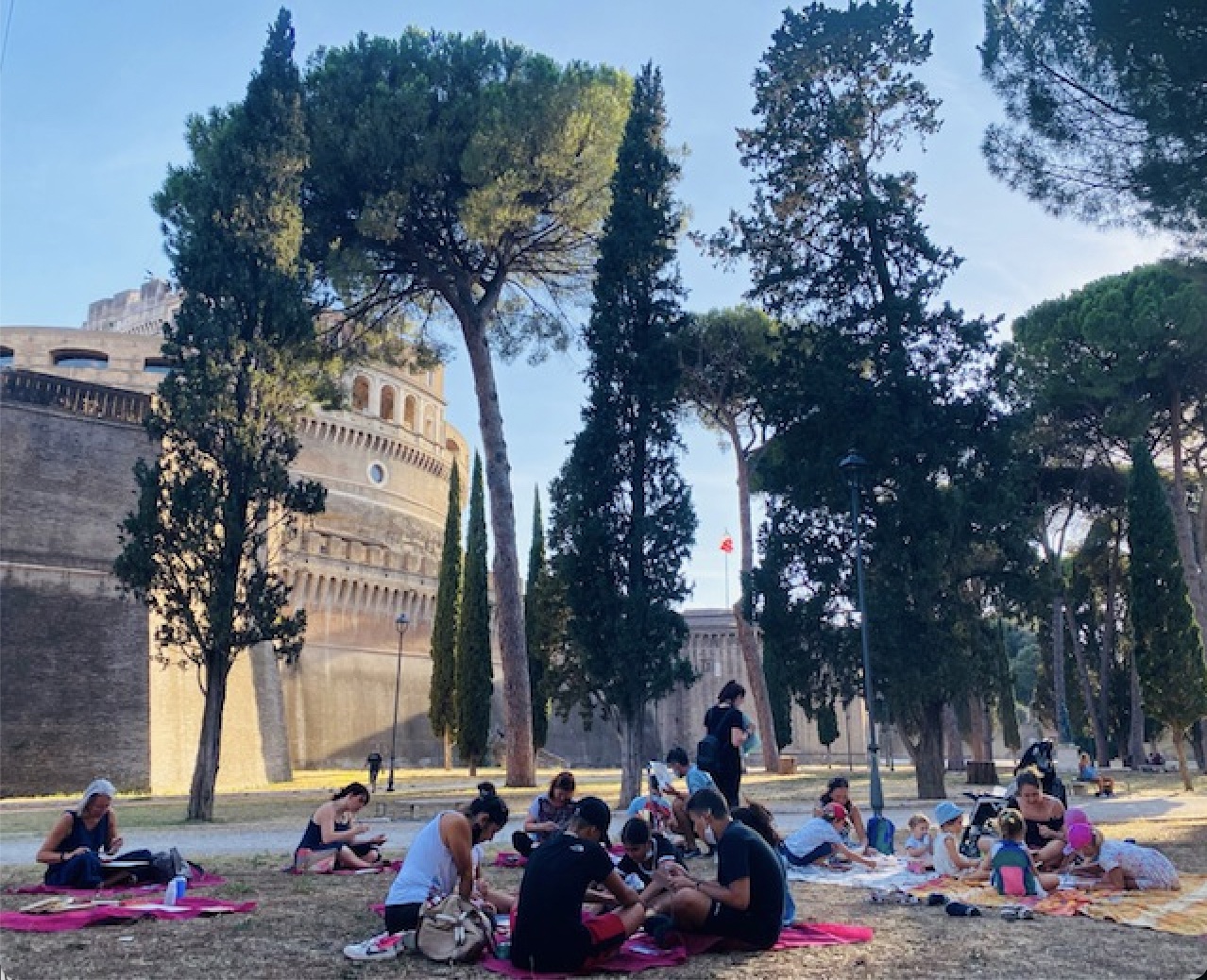
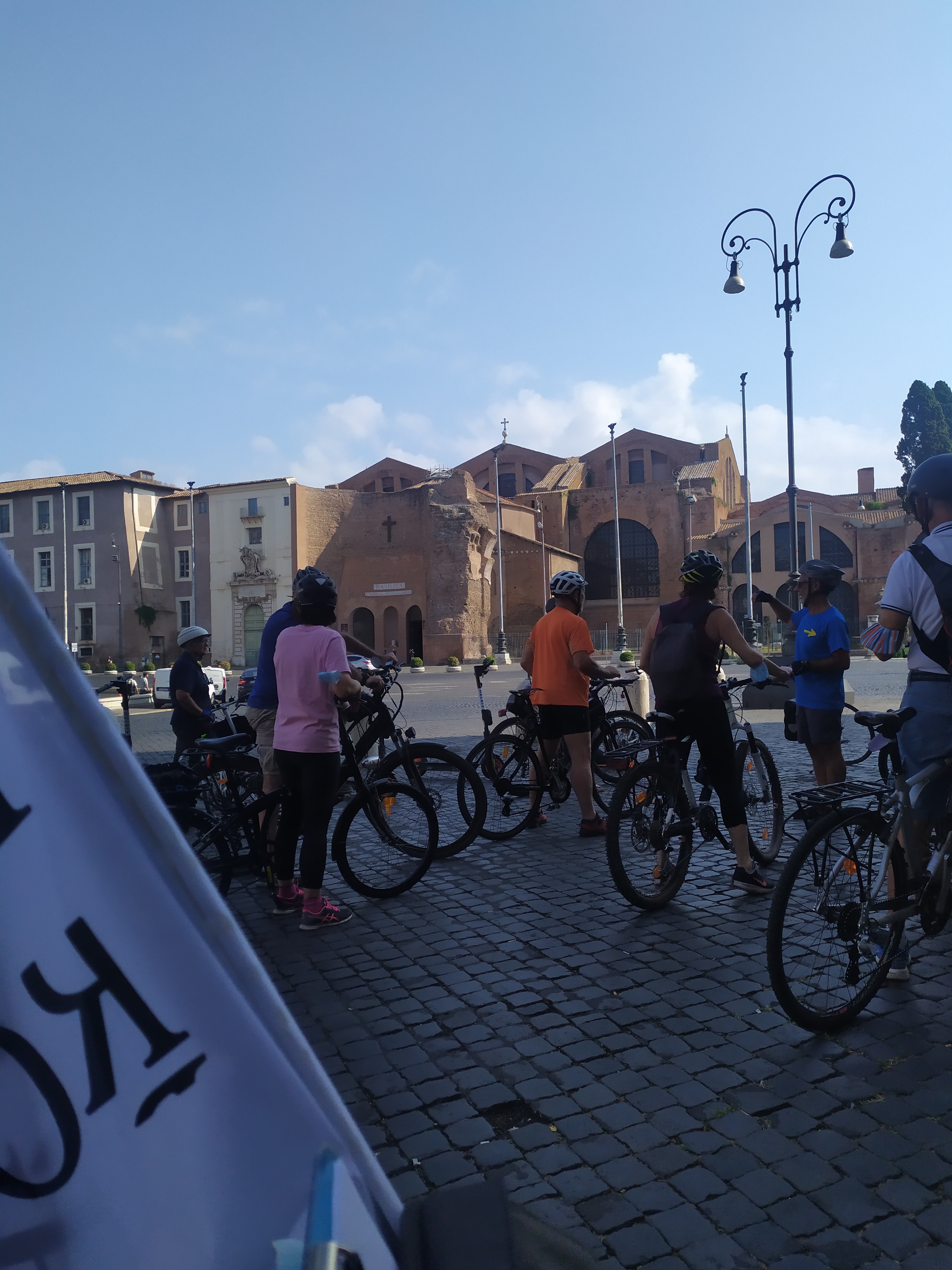
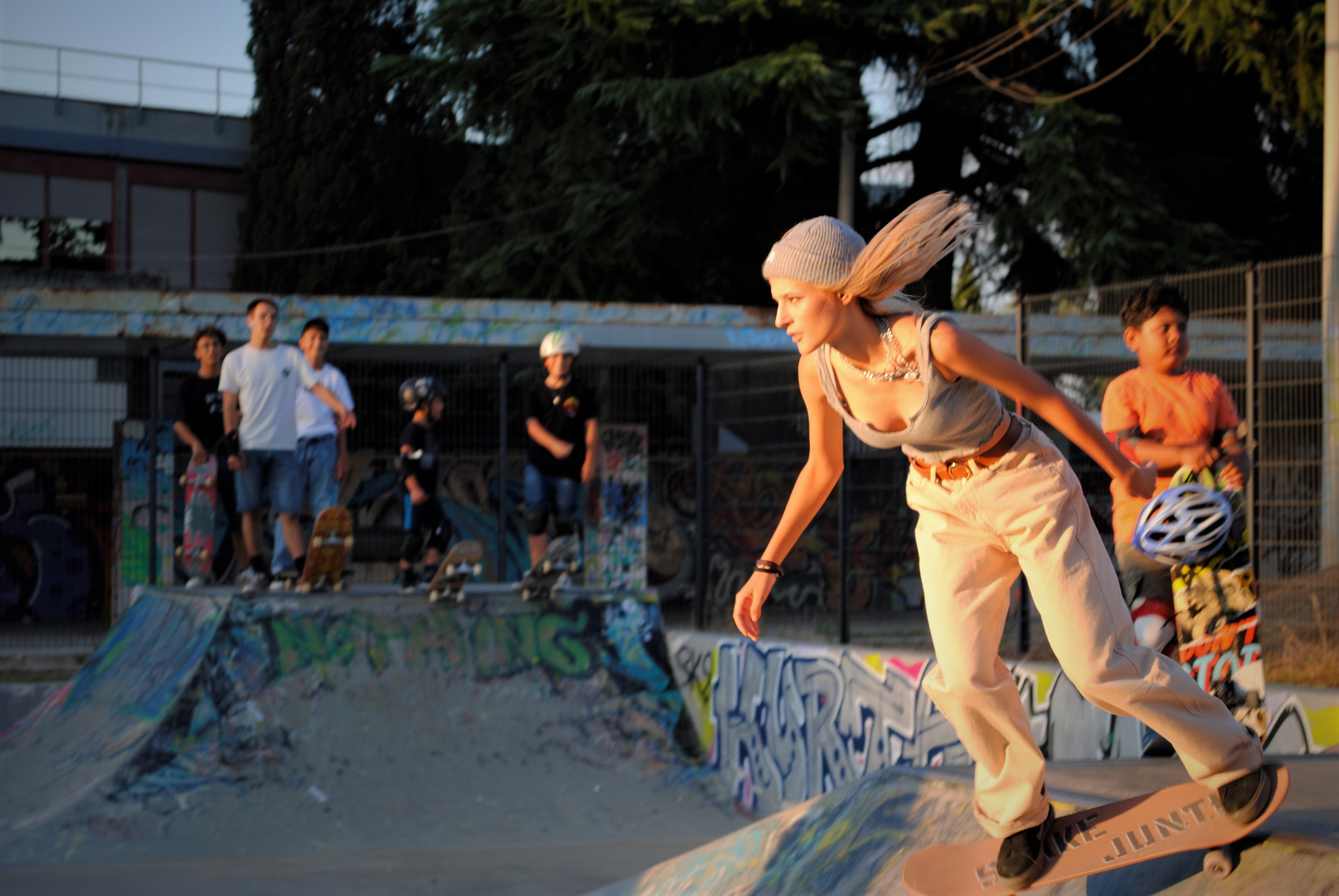
@Bluecheese Project APS, 2021
Content licensed to the European Union.